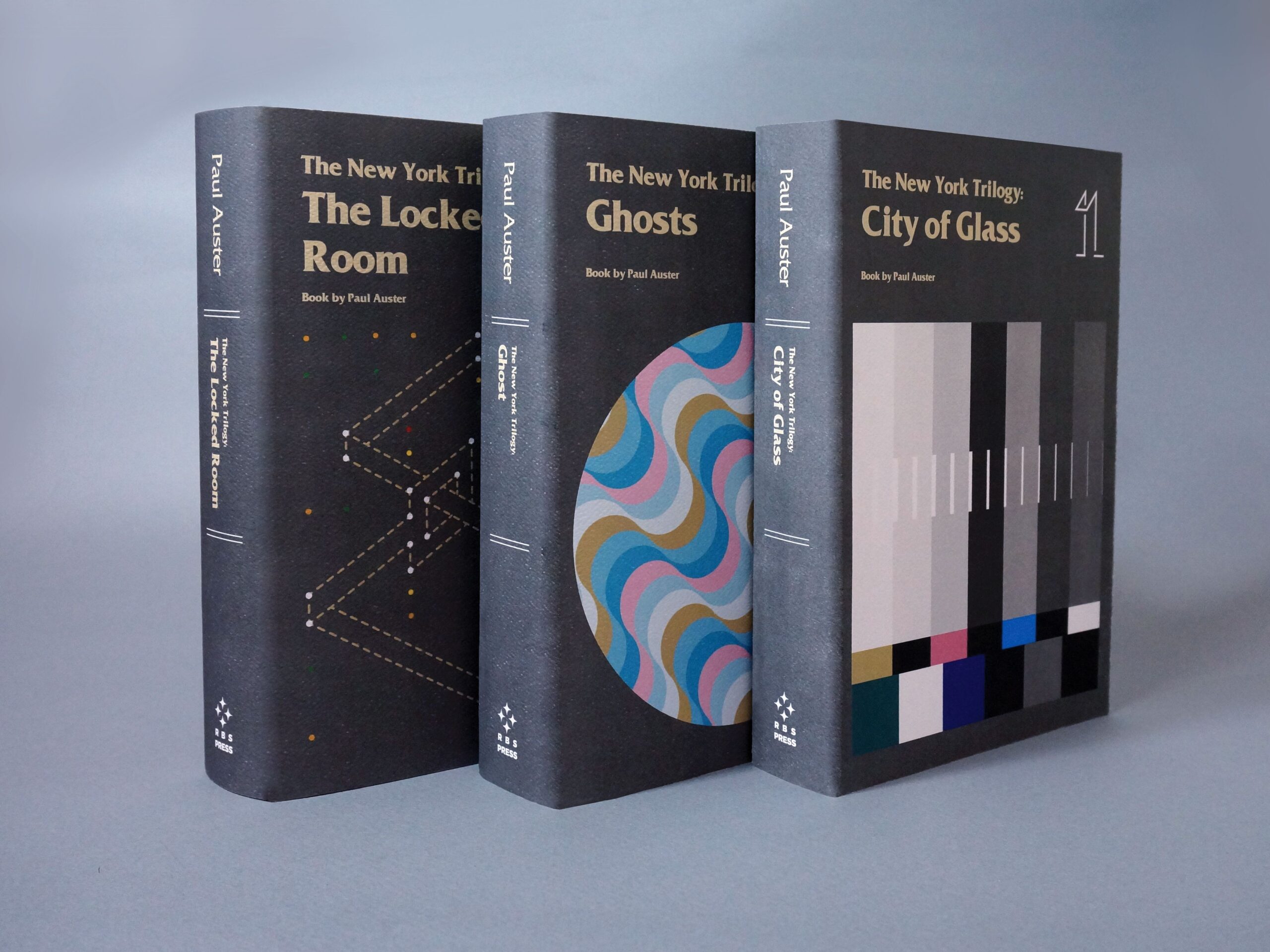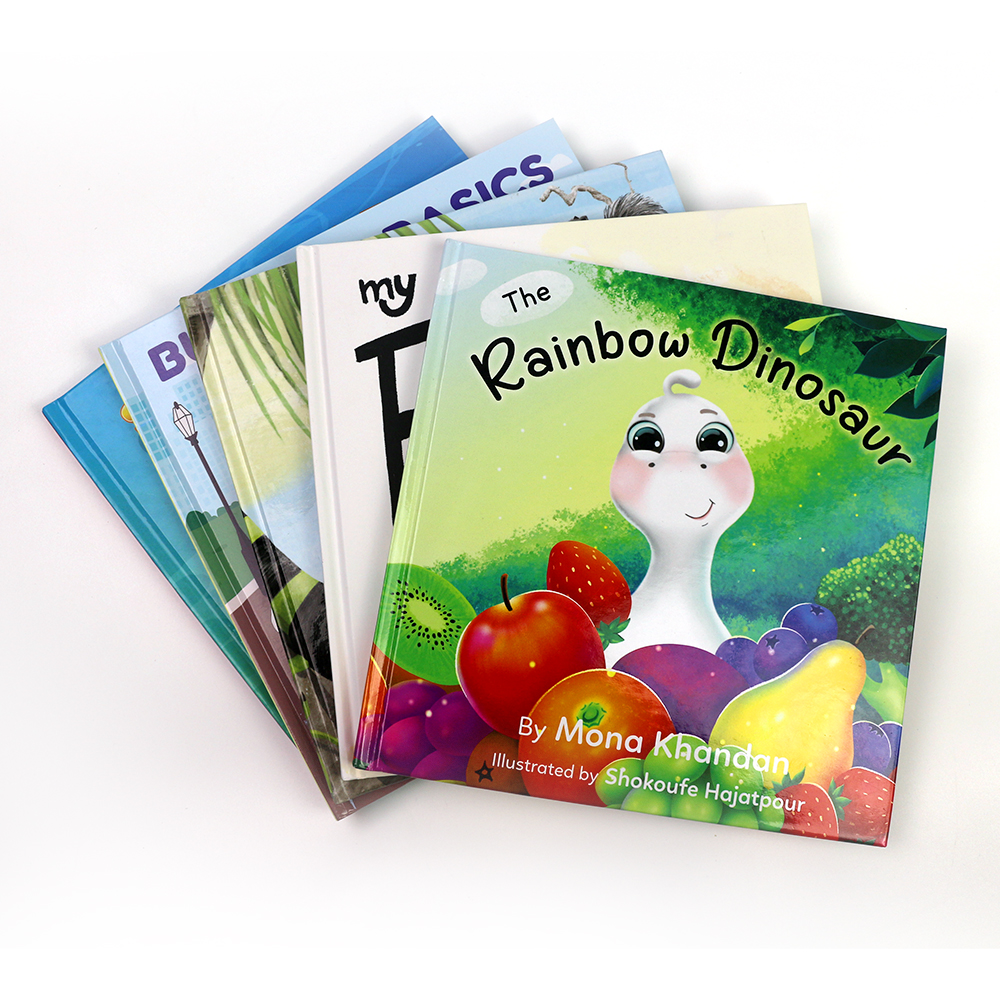What are the good things about printed books?
With the surge of digital reading tools and eBooks, literature has become more accessible and convenient than ever. Digital resources offer the allure of immediate access to countless titles with just a click. However, in the rush towards convenience, we may be overlooking the rich, irreplaceable benefits of traditional printed books. Physical books not only enhance cognitive performance but also provide sensory, emotional, and even health-related advantages that digital devices struggle to replicate. This article explores why printed books continue to be cherished by readers worldwide, highlighting their unique benefits, from improving comprehension to fostering deeper connections.
Tabla de contenido
Printed Books Enhance Learning and Test Scores
A study by the Organization for Economic Cooperation and Development (OECD) in 2018 revealed a notable link between printed books and academic performance. This global research showed that students who primarily engaged with physical books outperformed their digital-focused peers. According to the study, students who read print scored an average of 49 points higher on the Program for International Students Assessment (PISA) compared to students who used digital formats. This translates to roughly 2.5 additional years of learning. In contrast, students who read more often on screens scored only 15 points higher than those who seldom read—barely equating to a year’s worth of academic gains.
Moreover, a 2018 analysis involving over 171,000 readers concluded that comprehension rates were significantly better with printed materials than with digital. For students, this increased comprehension can make a substantial difference in educational success, as well as their capacity to retain information over time.
Reduced Distractions with Print Reading
Digital devices provide users with the temptation of constant connectivity, which can hinder focus. Printed books, however, are uniquely free from the barrage of notifications, social media pings, and web-surfing temptations. According to Mental Floss, digital reading tends to promote scanning over in-depth reading, with many readers skimming for keywords rather than absorbing full sentences. This behavior was reflected in a university survey where 67% of students felt they could multitask when reading digitally, while only 41% believed the same with print. The simplified nature of print reading encourages a deeper, more immersive experience.
Printed Books Are Gentler on the Eyes
Many people enjoy winding down with a book before bed, but studies suggest that digital reading tools might hinder sleep quality. Harvard researchers conducted a study comparing individuals who read from print books with those who used eReaders before sleep. Results indicated that eReader users took longer to fall asleep, had more difficulty waking up, and experienced reduced melatonin levels, a hormone essential for sleep regulation. Physical books, by contrast, foster a more calming bedtime routine, free from the disruptive effects of blue light, leading to better-quality sleep and improved alertness the following day.
The Simplicity and Reliability of Print Books
Printed books are simple, practical, and accessible. They don’t need batteries, Wi-Fi, or regular software updates, which makes them a reliable choice for reading anywhere, anytime. Readers can hold their place with a bookmark, fold corners, or jot notes in the margins—adding a personal touch that digital formats cannot replicate. The tangible nature of printed books allows readers to track progress, with each page turned marking a step further in the story. Their simplicity makes them an ideal choice for readers who prefer to immerse themselves without distractions.
The Emotional and Sensory Appeal of Physical Books
Printed books offer a sensory experience that digital copies cannot match. The feel of paper, the smell of a new book, or the worn pages of an old favorite all contribute to an emotional attachment. Many readers feel a stronger psychological connection to printed books, as studies have shown that physical books enhance memory recall and create deeper, more lasting impressions. For some, the physical act of reading—whether in a cozy corner or a familiar library—creates treasured memories and sentimental value that digital books cannot duplicate.
The Role of Printed Books in Mental Wellbeing
Research has also shown that reading printed books can contribute to mental wellness. Studies suggest that print reading encourages mindfulness, allowing readers to fully immerse themselves in the text without interruptions. This immersion can provide an escape from daily stresses, improve mental focus, and offer a valuable break from constant screen time, which can be beneficial for overall mental health.
Printed Books Support Local Libraries and Bookstores
Beyond personal benefits, choosing printed books also supports local libraries and bookstores. Physical books contribute to local economies, foster community spaces, and help maintain access to literature for everyone. When readers opt for print, they indirectly support the institutions that encourage literacy and lifelong learning.
How to Cultivate a Love for Printed Books in a Digital Age
Encouraging younger generations to appreciate printed books can be challenging in an era dominated by digital media. Parents and educators can help by setting aside dedicated “unplugged” reading times, visiting libraries, or sharing family favorites that can be enjoyed together. Cultivating a love for printed books can nurture lifelong learning habits and reinforce the joy of tactile reading.
Conclusion: The Lasting Charm of Printed Books
In a world increasingly shaped by technology, the simplicity and sensory appeal of printed books offer a refreshing alternative to digital distractions. Beyond nostalgia, physical books support stronger comprehension, encourage mindful reading, and offer health benefits that digital screens can’t match. Whether it’s the emotional attachment, the tangible progress through pages, or the role they play in mental wellness, printed books remain irreplaceable. For readers seeking a deeper, more rewarding connection with literature, physical books continue to be a valuable, timeless choice.
Preguntas frecuentes
1. Are printed books more expensive than eBooks?
While some printed books can be more expensive upfront, they hold greater longevity and resale value than most eBooks. Many readers also appreciate the lasting quality of printed books, making them a worthwhile investment.
2. Is reading on a screen really harmful to my eyes?
Excessive screen use can lead to digital eye strain, causing symptoms like dry eyes, blurred vision, and headaches. Printed books offer a healthier option by providing a screen-free reading experience.
3. How can I balance digital reading with physical books?
Many people find a balance by using eBooks for convenience on the go, while reserving printed books for longer, uninterrupted reading sessions. This approach can offer the best of both worlds, minimizing screen time while enjoying the perks of physical reading.
Impresión de libros
Nuevos productos
Último blog

Cómo hacer una impresión personalizada de libros para la mesa de café de lujo
En Booksprinting, con más de 20 años de experiencia en impresión offset y encuadernación, estamos encantados de guiarlo a través del complejo viaje de crear un libro de mesa de café de lujo personalizado.

¿Cuánto cuesta imprimir un libro?
Cuando se embarca en un proyecto de impresión de libros, una de las primeras preguntas que se plantean los autores y los editores es: ¿cuánto cuesta imprimir un libro? El coste de la impresión de un libro puede variar mucho en función de numerosos factores, como el tipo de libro, la cantidad de copias,

El poder de la impresión de libros personalizados
Si se está adentrando en la autoedición, una de sus principales preocupaciones será encontrar opciones económicas para la impresión de libros.

¿Cuánto cuesta imprimir un libro de 12 páginas?
La impresión de un libro de 12 páginas puede tener un coste de impresión que oscila entre $2 y $10 por copia, según tus opciones. Factores como el tipo de papel, la encuadernación y el método de impresión juegan un papel muy importante a la hora de determinar el precio final.
Contáctenos
- +86 13946584521
- info@booksprinting.net
- 8:00 - 22:00 (lunes a domingo)
Etiquetas
Comentarios
Blog relacionado
Encuentre las últimas tendencias y conocimientos comunes en el negocio de la impresión de libros.

¿Por qué deberíamos elegir la impresión de libros en China?
Con la creciente demanda de impresiones de alta calidad pero asequibles, muchos editores, autores y empresas están optando por imprimir libros en China.

¿Cómo crear tu propio cómic?
Crear e imprimir un cómic es un viaje apasionante pero complejo que combina narración, ilustración,

¿Cuánto cuesta imprimir un libro de 100 páginas?
La impresión de un libro, especialmente de un libro de 100 páginas, implica varios factores que pueden afectar el costo total. Ya sea que sea un autor que busca autopublicarse o una empresa que busca imprimir materiales promocionales

¿Qué empresa imprime cómics?
Crear un cómic es un intenso trabajo de amor, con incontables horas invertidas en ilustraciones, guiones gráficos,





